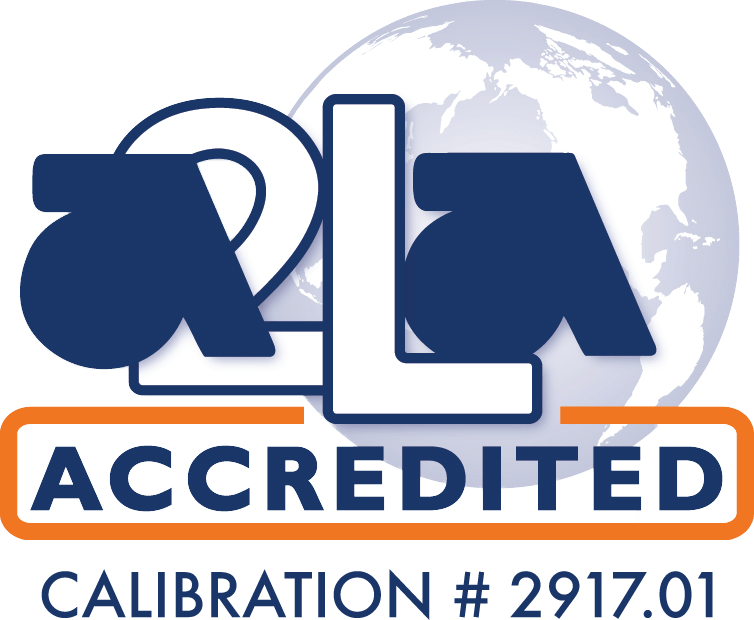![]()
Before your equipment can be calibrated, it needs to reach an accredited calibration lab safely and quickly. No matter what kind of gage you’re shipping, following standard shipping procedures can help prevent equipment damage and ensure that calibration can occur as quickly as possible once it arrives.
At MicronPA, we aim to provide accurate gage calibration in a short amount of time — proper shipping helps us fulfill this goal. The following gage shipping instructions give an overview of the shipping process.
Best Practices for Shipping Measuring Equipment
Best practices for shipping measuring equipment vary depending on the type of equipment being shipped. Some gages require more preparation than others. The transportation of nuclear gages, for example, is tightly controlled by the United States Department of Transportation (USDOT), Environmental Protection Agency (EPA) and other regulatory bodies. As a result, it’s wise to check shipping procedures for every type of gage you transport.
When you’re shipping measuring equipment to MicronPA or any other recipient, you’ll need to either complete or rule out the need to complete the following vital steps:
- Check the gage: Examine the equipment’s current condition and record any damage. If you’re shipping a nuclear gage, place the source rod in the “safe” position, and ensure that the gage has undergone a current leak test.
- Check the case or container: Check the shipping case for damage. If you’re shipping a nuclear gage, this package must be a Type A case with testing results on file. If you’re shipping a non-hazardous device, check that the shipping box is sturdy, appropriately sized and free of damage.
- Pack and label the case or container: Pack the gage in the shipping case or box. If you’re shipping a piece of measuring equipment in a standard shipping box, fill empty space with plenty of packing material. Label a nuclear gage case with Yellow Radioactive II and Air Cargo Only labels on both the front and the back.
- Prepare relevant paperwork: Shipping some types of measuring equipment will require you to prepare special documents, such as a bill of lading and an emergency response information sheet. Fill these out and keep copies for your records.
- Seal the package: Seal the package tightly as required by the mail carrier and any relevant regulations. Proper sealing may require a lock to prevent theft and tampering.
- Inspect the package: Check the package one last time for any signs of damage before sending it to the recipient.
Choosing a Carrier for Mailing Gages
The carrier most commonly chosen for shipping measuring equipment is FedEx. This favor is because FedEx ships packages only on cargo planes, not passenger planes. Their fast turnaround also appeals to many customers. Whichever carrier you choose, however, remember to follow specific policies for hazardous contents reporting.
Where to Ship Gages for Calibration
You can ship most measuring equipment for calibration to MicronPA at our York location:
MicronPA
2870 Haymeadow Drive
York, PA 17406
We strive to provide excellent customer service throughout all stages of the process. For specific shipping instructions and to find out whether we can accept the type of gage you need calibrated, contact us today.

